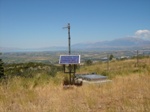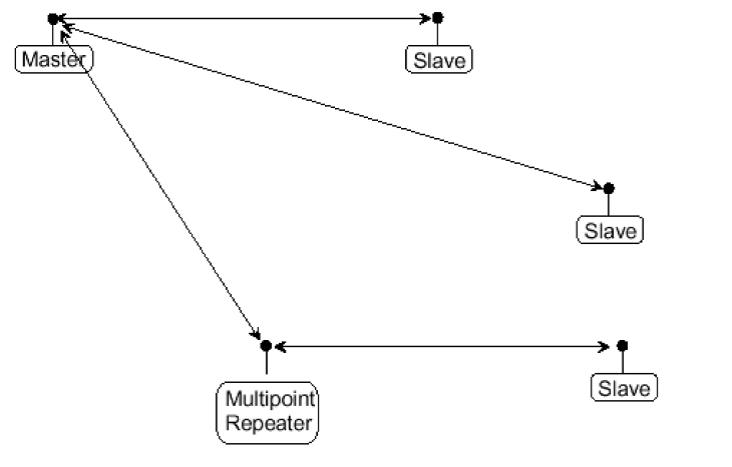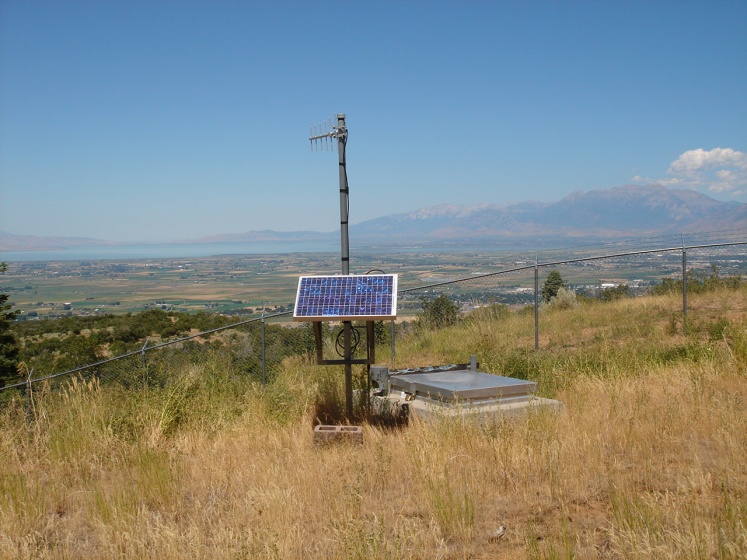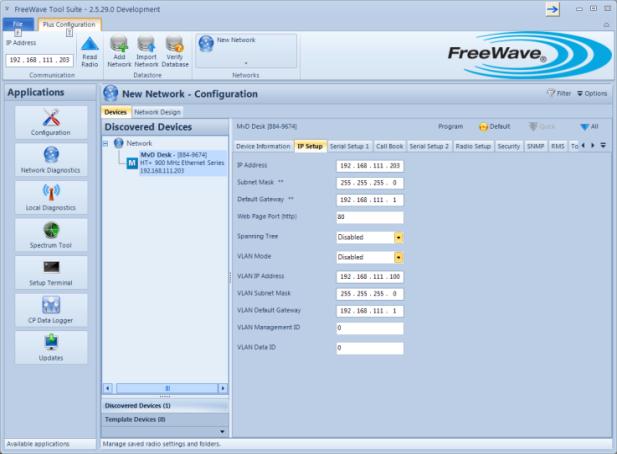
How to Determine the Best Solution to Streamline Communication Networks for SCADA Applications
Over the years, there has been a steady stream of new technologies introduced into the water/wastewater market in an effort to streamline communication networks for Supervisory Control and Data Acquisition (SCADA) applications. It wasn’t too long ago that the telemetry of water/wastewater data was available almost exclusively in licensed radio solutions. As the demand for communication networks increased, the scarcity of available licensed channels opened the door for spread spectrum radios as an option. Over time, certain spread spectrum wireless data radios have proven to be a reliable, cost-effective option for automating the monitoring and control of a variety of different applications in the water and wastewater industry. Some of these applications include monitoring and control of:
Storage tank levels and pressure transmitters
Master meters – propellers, turbines and magnetic flow meters
Pumping stations
Chemical injection sites (chlorination and other water purification)
Sewer lift stations – level and flow
Pressure Reducing Value (PRV) sites
Treatment plants – process control devices and security cameras
Aeration ponds – levels
Specialty process valves and controls
Secondary water pond levels (pressurized)
In today’s water/wastewater industry there are a lot of options for implementing a new radio SCADA system or upgrading existing systems and technology with new equipment. For example, Programmable Logic Controllers (PLC’s), Remote Terminal Units (RTU’s) or new radios might be faster or have Ethernet ports for TCP/IP based networks. Operators now are tasked with determining which technology best suits their individual needs. Some may have a deep understanding of the details and the planning that is required for choosing an appropriate system, while others might need some help, or at the very least some useful guidelines. For some operators it may be beneficial to examine key considerations before deploying a communication system. To start, it’s crucial to know the types of networks available.
Choosing a Communication Network
Point to Point, Point to Multipoint, Backhaul, Tail-End Link or extension and Point to Multipoint with repeaters (repeaters can be standalone repeaters or save repeaters that have an RTU attached to the radio as well) are all options for communication networks today. Additionally, because many operators are learning that there is not always one technology solution for an entire communication network, hybrid networks utilize several types of communication devices such as cellular, serial, Ethernet and I/O ( input and output ).

Fig. 1 Point to Point Network

Fig. 2 Simple Multipoint Network with one Repeater

Fig. 3. Point to Multipoint Network with one Repeater
When an operator chooses the type of technology they will rely on for critical monitoring and control, it is important to understand what type of network will ensure reliable data transmission, despite harsh industrial settings and remotely located assets. When faced with so many options, it may be difficult to know where to start. It is extremely beneficial to conduct a radio site survey and computer aided network path profile analysis to determine if all sites will be able to communicate to each other. A network plan and design can ensure that current and future needs are met and actual field tests will verify potential problem sites. Additionally, operators should identify whether there will need to be tower work or other site work to accommodate the radio and RTU needs. If tower work is needed, soil testing and permits may be required or if existing tower space is leased, lease agreements and legal documents will need to be completed. By following these suggestions, operators may not only find a communication network that is going to be the most effective and efficient for their system’s needs, but they also may walk away with a better understanding of how the network operates.
When choosing a radio system, operators also must determine what type of RTU’s or PLC’s will be used and whether they will be updated. Some additional useful questions to ask when deciding on a radio system include: Will the connection speed and data interface change? What type of SCADA polling software will be used and where will the polling computer reside? Will there be IP camera’s for security purposes? If bandwidth requirements demand more speed will higher speed Microwave technology be required?
By following these key considerations, the operator will now have selected a network and communication solution that fits their needs and can handle the type of environment they will be deployed in. The next step is to install the system.

Installation
By answering the following questions the operator can help prepare for both the installation of the communication network and the maintenance afterwards for optimal functionality.
1. How will the radio SCADA system be installed?
2. Will the end users perform the installation with their employees or will this be done by contractors?
3. If this is a utility owned entity, will the project require civil engineering, site inspections and bid documents for the project required and a review process to select a contractor?
4. Who will do the preventative maintenance and emergency repairs?
5. What training and education requirements will be needed to be able to ensure the SCADA system will work properly and be able to “fix” problems when they arise?
6. What equipment and tools will be required to be able to fix problems and/or repair damages?

Fig. 5. Example of a water and wastewater system
Software Considerations
Last but not least, operators should be aware that some wireless data radio providers have software for a new or upgraded system to provide diagnostic information and status of the health and working condition of the SCADA network. Today, some of these programs can send the diagnostic information via text or email messages to employee’s smart phones. They also allow for managers or key employees to “log” into the network and check or acknowledge alarms.


Fig. 6 and 7. Examples of diagnostic software
Conclusion
While this touches on many of the key considerations for implementing a communication network, there always are going to be more questions and factors related to each individual system’s needs. It is important for operators to be knowledgeable about the system they are deploying. By asking the right questions, and using the available tools, such as path studies and network design, an operator can be confident in making the right decisions with the communication network they choose to implement. New technologies and offerings will continue to enter the market. As long as the operator takes the necessary steps, they will find the best solution for their water/wastewater facilities and sites that ensures effective monitoring and control, and fast notification when something is not functioning. With a proper system installed, not only will operators achieve reliable data communication, they will realize a solid ROI.
About the Author
Dan Steele is a business development executive at FreeWave Technologies.